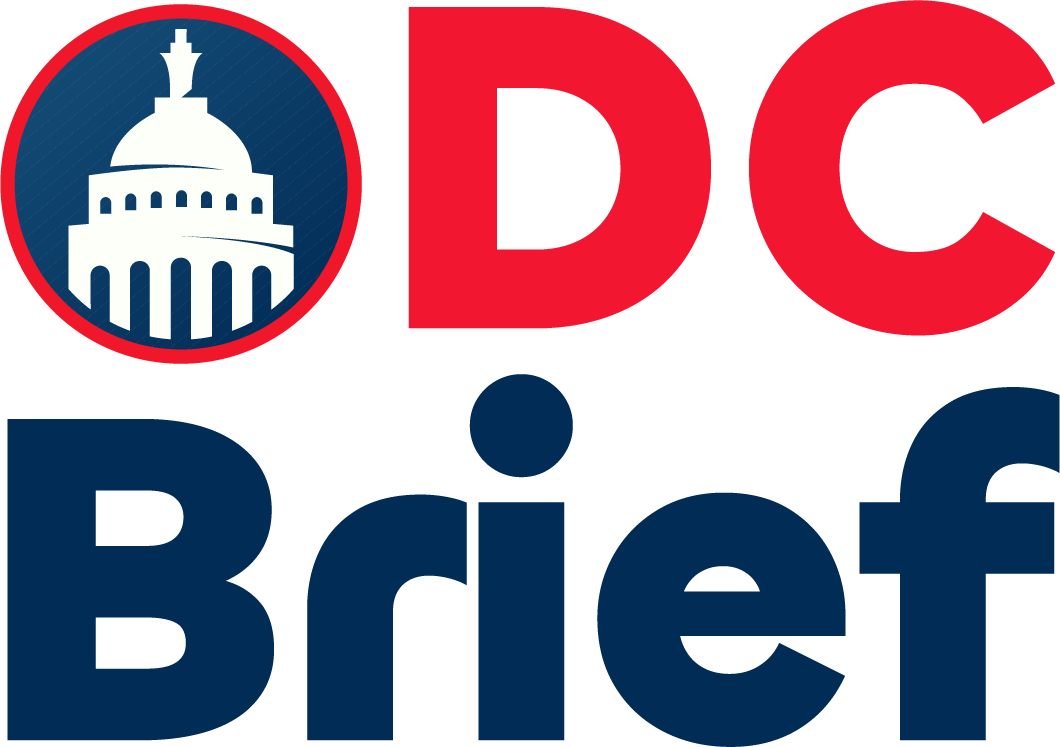Donald Trump’s tariff policies were designed to bring money into the U.S. treasury, allowing for more tax cuts. However, the reality is that these tariffs would be paid largely by the American working class, while the wealthy benefit from tax cuts.
Trump has been optimistic about the financial outcomes of his tariffs. He claimed that tariffs would bring trillions of dollars into the U.S. economy and create millions of jobs. “We will take in trillions and trillions of dollars and create jobs like we have never seen before,” Trump said in a joint address to Congress. However, this view overlooks crucial economic facts.
The truth is, tariffs are paid by American consumers, not foreign governments. For example, a 60% tariff on imports from China means that U.S. companies like Walmart will pay an extra fee for products. To avoid losing profit, Walmart will pass this cost onto consumers. Consequently, shoppers will pay more for items like coffee machines, which could increase by $12 or more.
While Trump’s tariffs might seem to target foreign countries, they also hurt U.S. exporters. Countries like China and Europe have retaliated by imposing their own tariffs on American goods, especially agricultural products. This harms American farmers, particularly in Republican-led states, as they face a loss in exports.
Additionally, tariffs on imports make goods more expensive for all Americans. While wealthy individuals might feel less impact, the working class faces higher costs for everyday items. In fact, the tariff increases from Trump’s first term alone cost American households nearly $80 billion. This burden falls hardest on lower-income families, as they spend a larger portion of their income on consumer goods.
Trump’s promises to use tariff revenue to fund tax cuts further magnify this problem. The tax cuts, just like his first-term reforms, largely benefit the rich and large corporations. As a result, the wealth gap continues to grow. Wealth is transferred from the average American to the super-wealthy, who benefit most from the tax relief.
Ultimately, the tariffs are a highly regressive tax that disproportionately harms the working class. The tariffs cause higher prices for everyday products, making it more difficult for families to manage their budgets. This is a transfer of wealth from the many to the few, as lower-income families pay the price for tax cuts that benefit the wealthy.
In conclusion, Trump’s tariff policies create a financial strain for ordinary Americans, while his proposed tax cuts favor the wealthy. This pattern repeats the same mistakes from his first term, and the consequences are clear. The working class pays the price, while the super-wealthy enjoy the benefits.
For more business updates, visit DC Brief.


